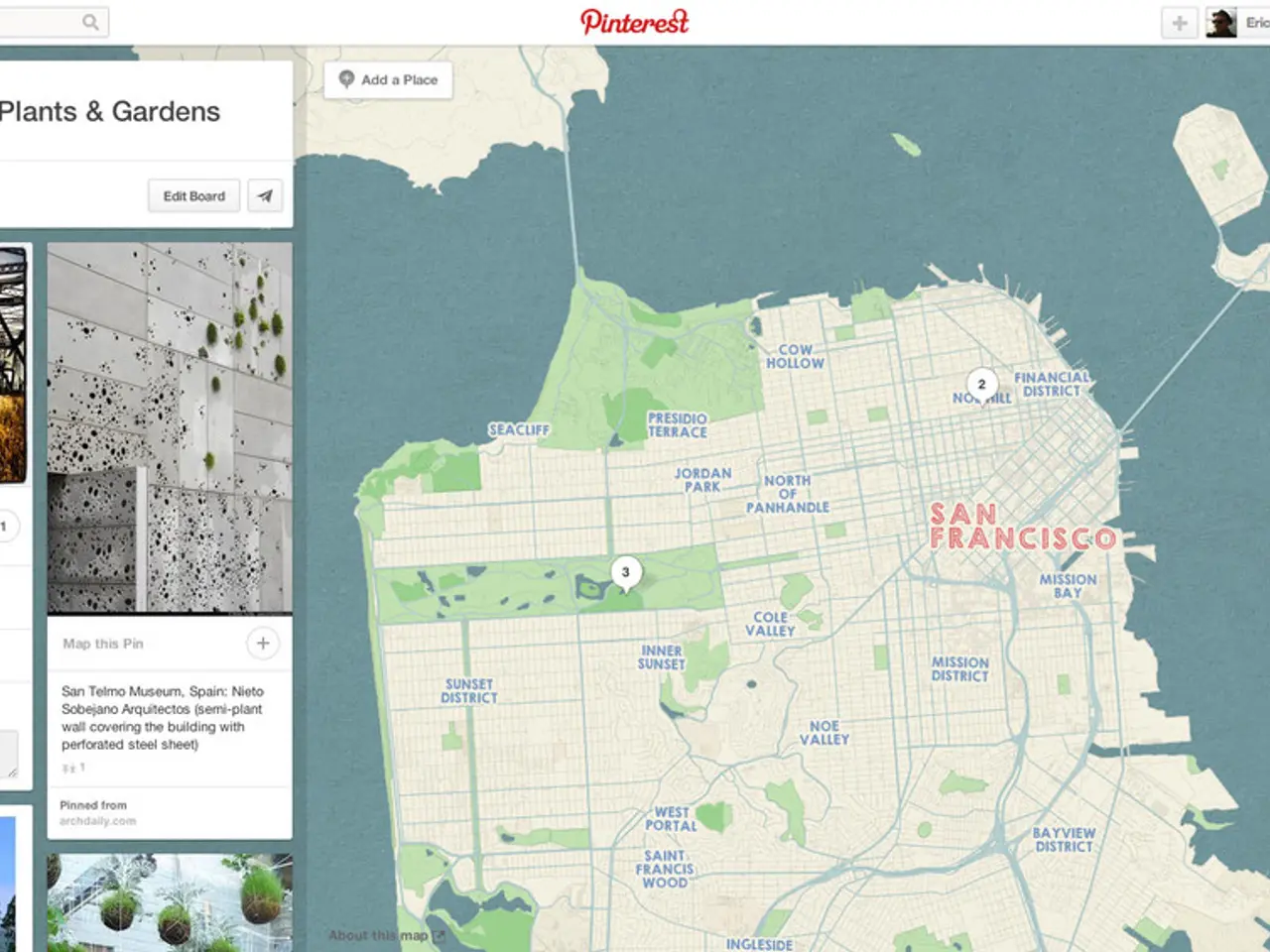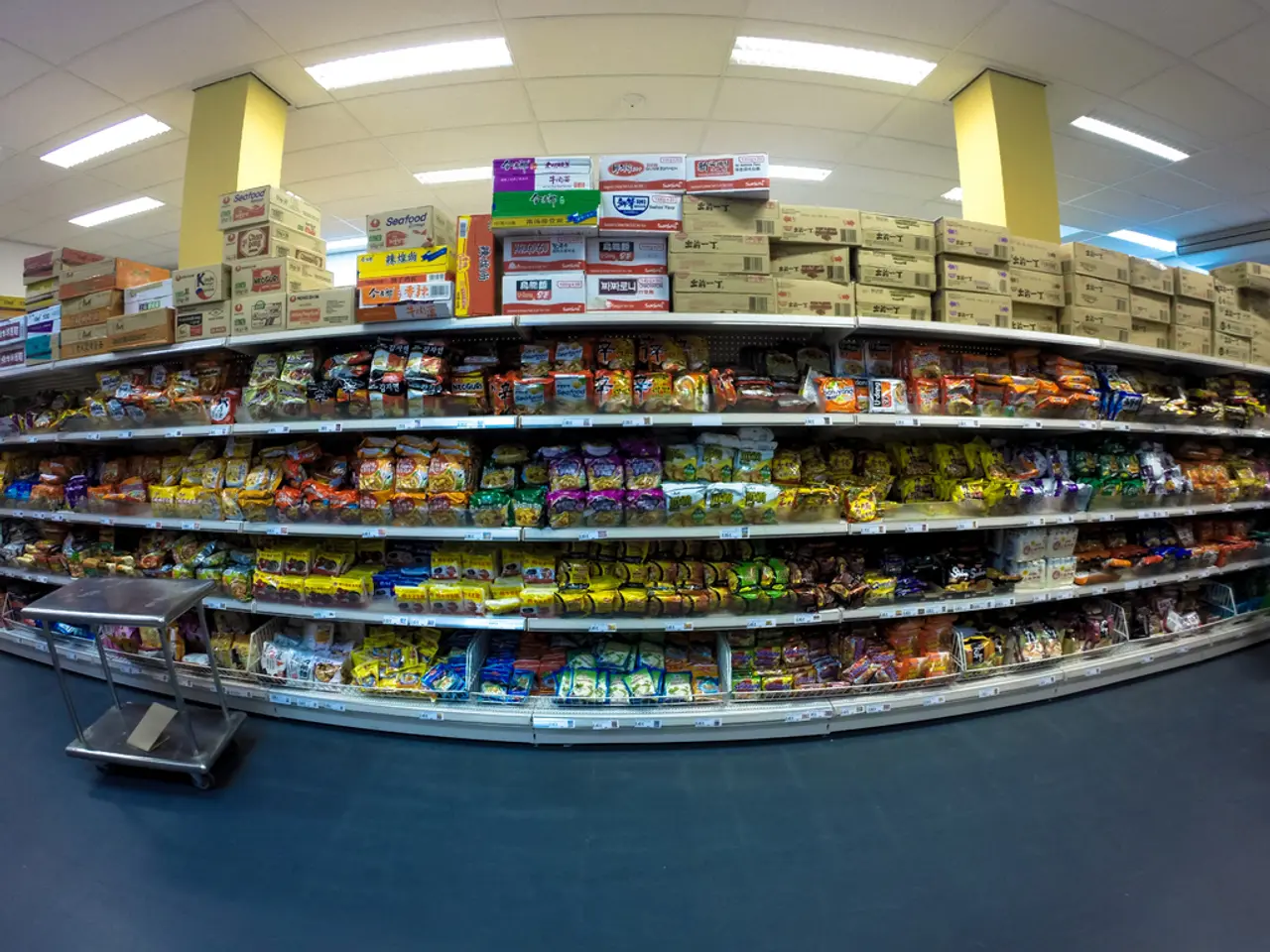Rising adoption of real-time digital payment systems in Tanzania propels transactions to reach a staggering $11.6 billion figure.
In 2024, Tanzania and Kenya's digital payments systems exhibit significant differences and similarities, with key implications for financial inclusion.
Differences:
Tanzania employs a centralized model led by the Bank of Tanzania’s Tanzania Instant Payment System (TIPS), launched in 2020. TIPS is a central switch integrating banks, mobile wallets, and licensed institutions, emphasizing interoperability and real-time payments. In contrast, Kenya’s digital payment ecosystem is market-driven, dominated by Safaricom’s M-Pesa.
Kenya’s mobile money market remains far larger. In 2024, Kenya recorded mobile money transactions worth approximately $67.3 billion (KES 8.7 trillion), more than half its GDP. Tanzania’s TIPS processed $11.6 billion (TSh29.9 trillion) in real-time payments, more than doubling its 2023 volume but still significantly smaller than Kenya’s market size.
Similarities:
Both countries have experienced rapid growth in digital payments due to widespread mobile phone adoption, increased internet penetration, and measures aimed at enhancing financial inclusion. They both facilitate instant money transfers across multiple platforms and providers: Tanzania through TIPS’s interoperability, Kenya primarily via mobile money platforms like M-Pesa.
Implications for Financial Inclusion:
Tanzania’s centralized clearing and interoperability promote a more inclusive digital payments ecosystem by enabling users to transact seamlessly across different banks and mobile wallets, lowering transaction costs, and expanding access beyond a single dominant player. Kenya’s dominance of M-Pesa has successfully driven deep mobile money penetration and financial inclusion but also poses risks related to market concentration and limited interoperability outside mobile money.
TIPS, by integrating all major telecoms and financial institutions with low costs and real-time payments, is advancing the country’s transition to a cashless economy and enhancing access for SMEs and underserved communities.
According to broader analyses, Tanzania is categorized among countries with digital payment infrastructure "in motion," possessing the readiness to scale digital cash transfers to reduce poverty, while Kenya is reported to be in pilot or planning stages of some digital payment infrastructural aspects, signaling evolving but differing digital ecosystems.
As of December 2024, Tanzania had over 52,000 financial access points. The Bank of Tanzania (BoT) reported that the value of real-time digital payments in Tanzania increased to TSh29.9 trillion ($11.6 billion) in 2024, up from TSh12.5 trillion ($4.9 billion) in 2023. The BoT stated that TIPS has emerged as a key pillar in Tanzania's digital financial infrastructure, facilitating instant payments and promoting financial inclusion.
In urban areas like Dar es Salaam, the ratio of financial access points per 10,000 adults exceeds 15. Kenya has an average of 11 financial access points per 10,000 adults, according to data from the Central Bank of Kenya.
In sum, Tanzania’s centralized, interoperable system contrasts with Kenya’s dominant market-driven model, each fostering financial inclusion by expanding digital payment access but through different institutional frameworks and market dynamics.
- With TIPS, Tanzania is advancing its finance sector by integrating all major telecoms and financial institutions, allowing for low-cost, real-time payments, and promoting investment in Small and Medium Enterprises (SMEs) as well as underserved communities.
- Technology plays a crucial role in both countries' digital payments industry, as increased internet penetration and widespread mobile phone adoption drive the rapid growth in digital payments, which in turn contributes to financial inclusion.
- Despite the significant differences between the digital payments systems of Tanzania and Kenya, both nations are making strides in investment in technology to enhance financial inclusion. For example, Tanzania's growth in real-time digital payments exceeded half of its 2023 volume in 2024, while Kenya's mobile money market remains relatively larger, accounting for more than half of its GDP.




